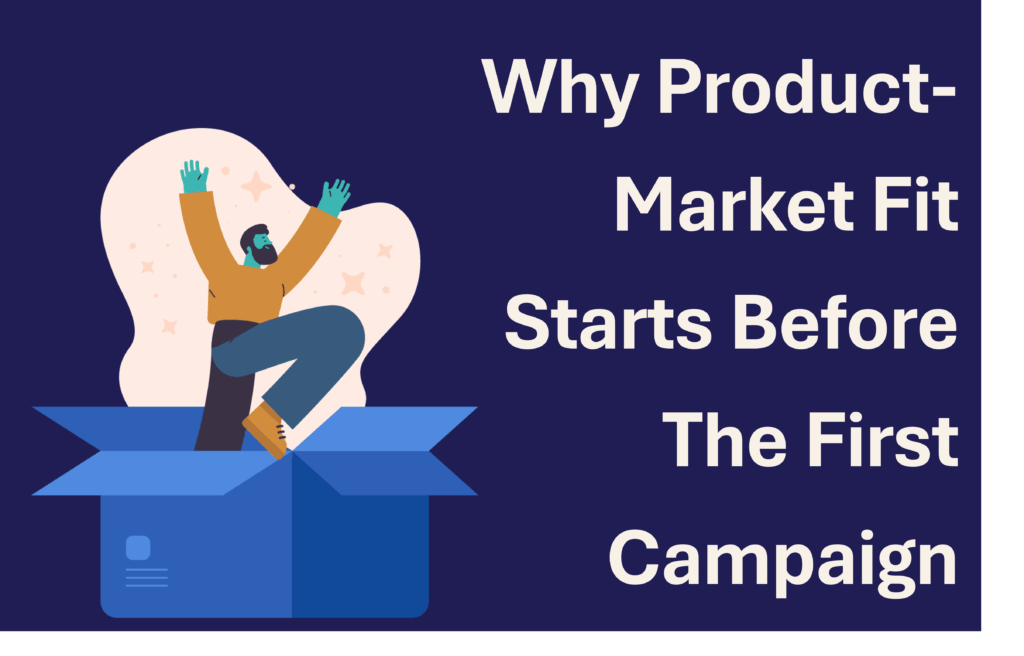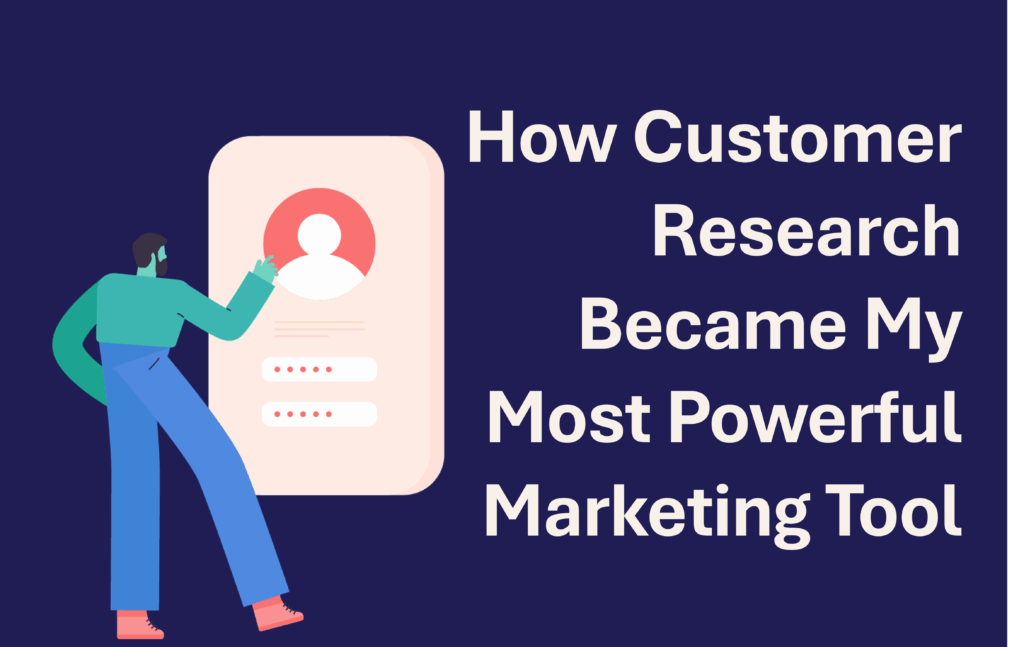When I was a marketing manager at a skincare and supplement company, I thought I understood what product-market fit meant. We had sales coming in, ads were running, and people were engaging with the brand. From a distance, it looked like things were working.
But once I started sitting in on product and customer experience meetings, I realized how shallow my perspective was.
I wanted to move fast. My instinct was always: pick the channel, write the copy, launch the thing. I loved that part. It felt like momentum. Like we were doing something. But I kept running into the same wall. People bought once. Then they disappeared. Retention was weak. LTV was flat.
That’s when I started shadowing the product team.
They introduced me to something I now think about constantly: the product-market fit survey. Specifically, one question.
“How would you feel if you could no longer use our product?”
At this point in my career I had never asked a customer a question before. I didn’t even know what I was supposed to do with the answers. But I saw how the product team used it as a compass. And when the majority of responses came back as “somewhat disappointed,” for a particular product line they didn’t try to spin it. They got to work.
They followed up with interviews. Dug into the differences between users who loved the product and those who didn’t. They asked smart, open-ended questions. They weren’t chasing compliments. They were chasing clarity.
And I started to learn how powerful that kind of thinking could be.
Our Messaging Missed the Moment
Before those conversations, we told a generic wellness story. We leaned on buzzwords. Clean ingredients. Inner beauty. Plant-based support. It sounded nice. But it didn’t connect with the people who needed us most.
When we finally started listening to customers, a different picture emerged.
They weren’t looking for a supplement to round out their routine. They were desperate for something to work. They had tried everything else. They were exhausted. Self-conscious. Ready to give up.
That changed how we talked about the product. It wasn’t about radiance or glow anymore. It was about relief. Focus. Feeling like yourself again.
Once we shifted the messaging, things started clicking:
- Customers replied to emails with emotional stories
- Reviews became more specific and passionate
- Retention ticked up, slowly but noticeably
These weren’t surface-level wins. This was alignment. And it taught me that great messaging isn’t about creativity. It’s about accuracy.
Product Taught Me to Slow Down and Ask Why
Shadowing the product team shifted the way I think. They didn’t start with features. They started with problems. Real ones. Painful ones. Then they worked backward to the solution.
They taught me how to run what most companies would call “jobs-to-be-done interviews.” I learned how to spot the emotional undertones in what customers were saying. I learned to stop asking, “What do you want?” and instead ask, “What are you trying to do? What outcome are you chasing?”
One thing I loved was how they never jumped to building. They sat with the problem until they were confident they understood it. That mindset stayed with me.
Messaging Isn’t a Finishing Touch
I used to think messaging was a final step. Something you wrapped around a product once it was ready.
Now I see it as one of the first tests of fit. If you can’t explain what the product helps people accomplish in a sentence that resonates, you’re not ready to scale.
That change in thinking made me a much better marketer. It also made me a better teammate. I could collaborate with product. Later in my career I could run messaging tests rooted in real user language. I could guide creative with confidence because it was grounded in customer truth.
How My Thinking Changed
Since then, I can’t really look at marketing the same way. I don’t just jump into tactics or channels anymore. I tend to start with the question, “What are people actually trying to solve?” and let everything else build from there.
Sometimes that looks like rewriting a headline. Other times it means running interviews to understand where people are struggling. But the common thread is always: are we solving something real?
I find myself asking product-type questions now, even when no one else is. Not because I’m trying to be product, but because it feels impossible not to. Once you’ve seen how much clarity you get from understanding the job to be done, it’s hard to ignore it.
And when the structure isn’t there, I don’t mind stepping into the gap. It’s not formal, it’s not flashy, but it makes the work better. Whether I’m writing copy, shaping positioning, or planning a launch, I’m usually thinking back to something I heard in one of those early interviews.
That shift in perspective didn’t happen all at once. But it’s shaped everything I’ve done since.
Product-market fit isn’t something you hit and forget. It’s a way of seeing the work.
Final Thought
This was never about trying to be a product manager. It was about learning to think like one. To pause before promoting. To dig before writing. And to stay close to the problem, even when the solution feels tempting to jump into.
That mindset shifted how I approach everything. I don’t just think about what we want people to do. I think about what they already feel, where they’re stuck, and what outcome would feel like a win to them.
It made me slower in the right ways. More curious. More willing to throw out ideas that sound good but don’t solve anything real.
I started caring more about retention than acquisition. More about clarity than cleverness. More about what happens after someone signs up than before.
It made me the kind of marketer who doesn’t just drive traffic. I help shape products people actually want to keep using.
That starts with asking better questions. And being willing to hear answers that change your plan.




